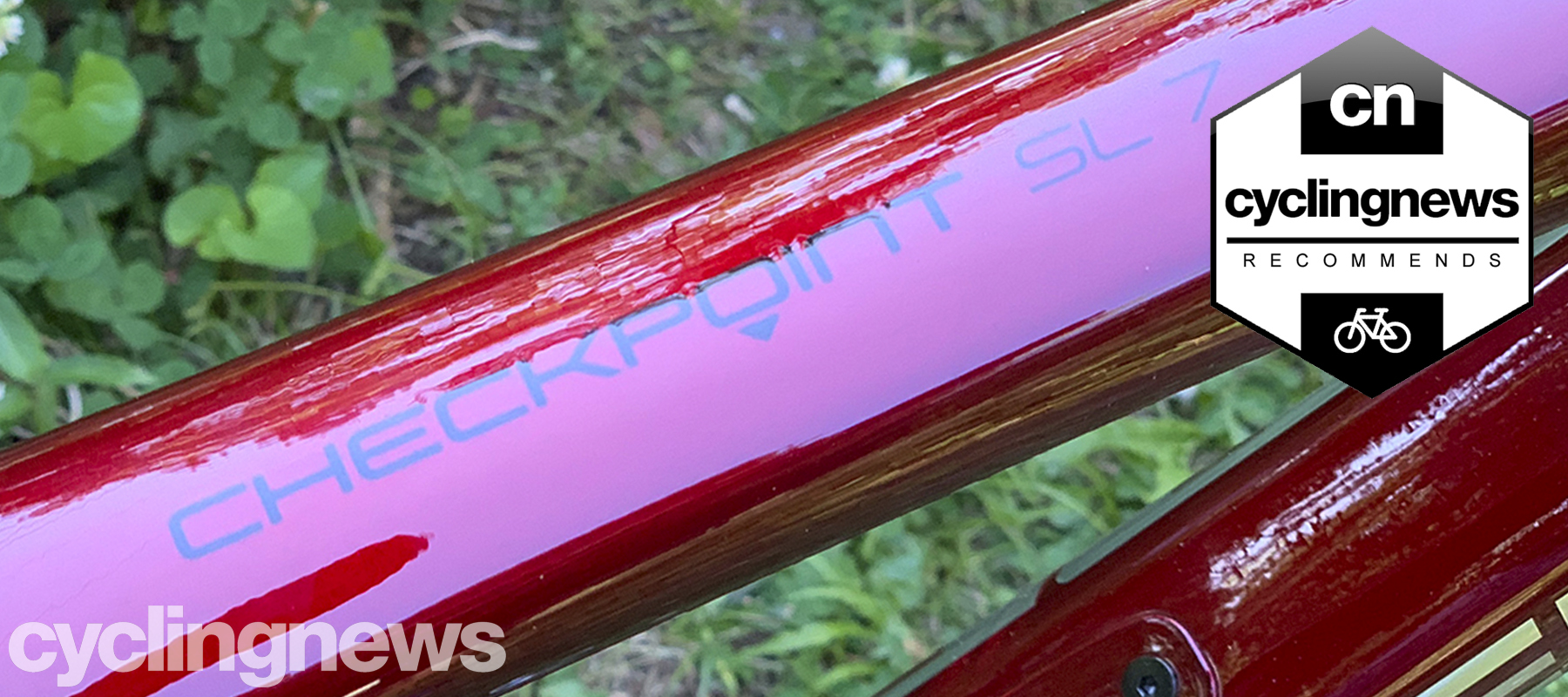Cyclingnews Verdict
A high-end superbike, suitable for gravel adventurers and bikepackers alike
Pros
- +
Lightweight, agile and responsive ride
- +
IsoSpeed shock adds comfort
- +
Underbody protection for the eye-popping paint job
Cons
- -
SRAM Force eTap AXS 1X drive not suited to mixed road/gravel
- -
Top tube is too wide near the seat tube
- -
Toe overlap in the smallest size
You can trust Cyclingnews
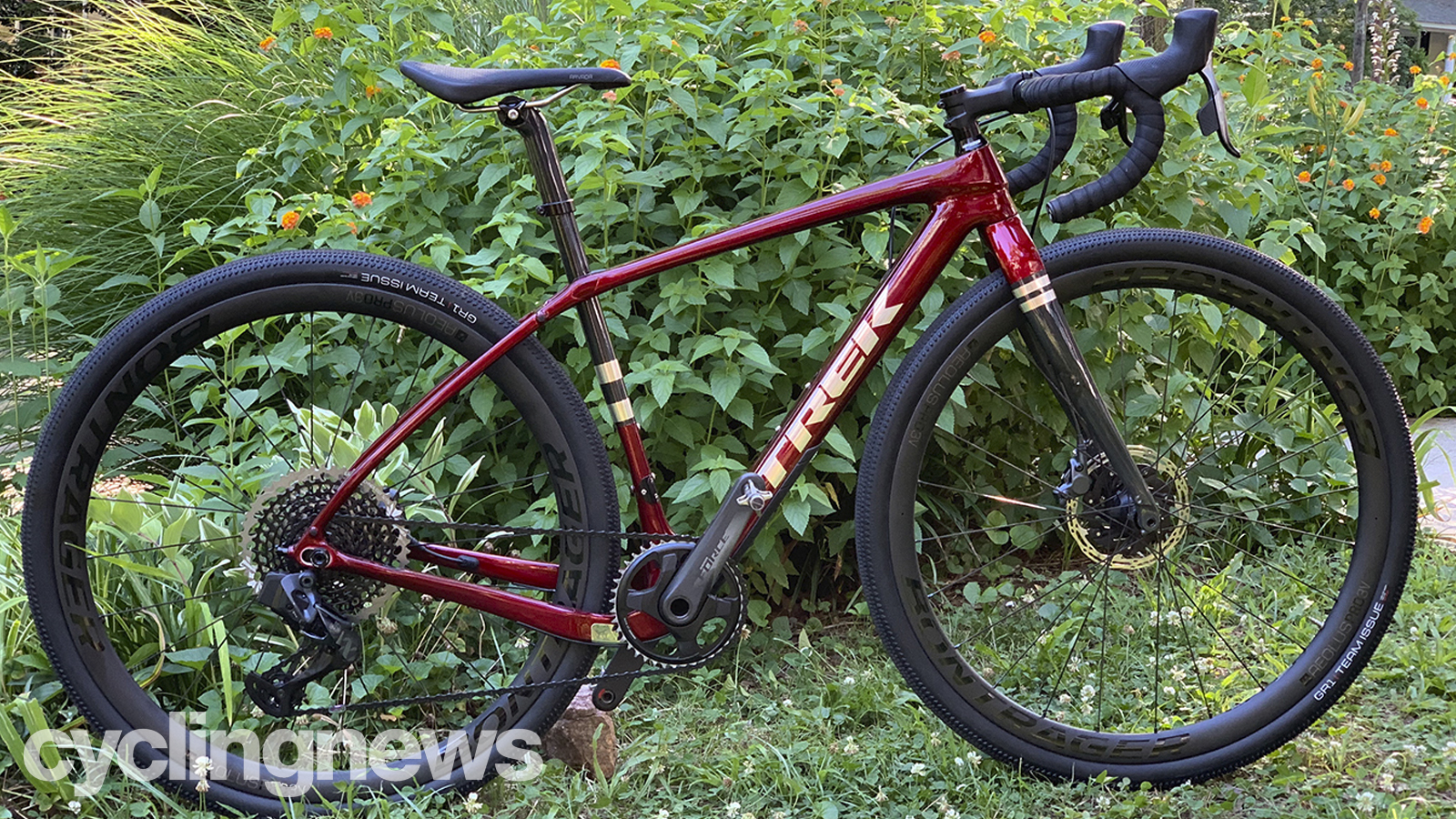
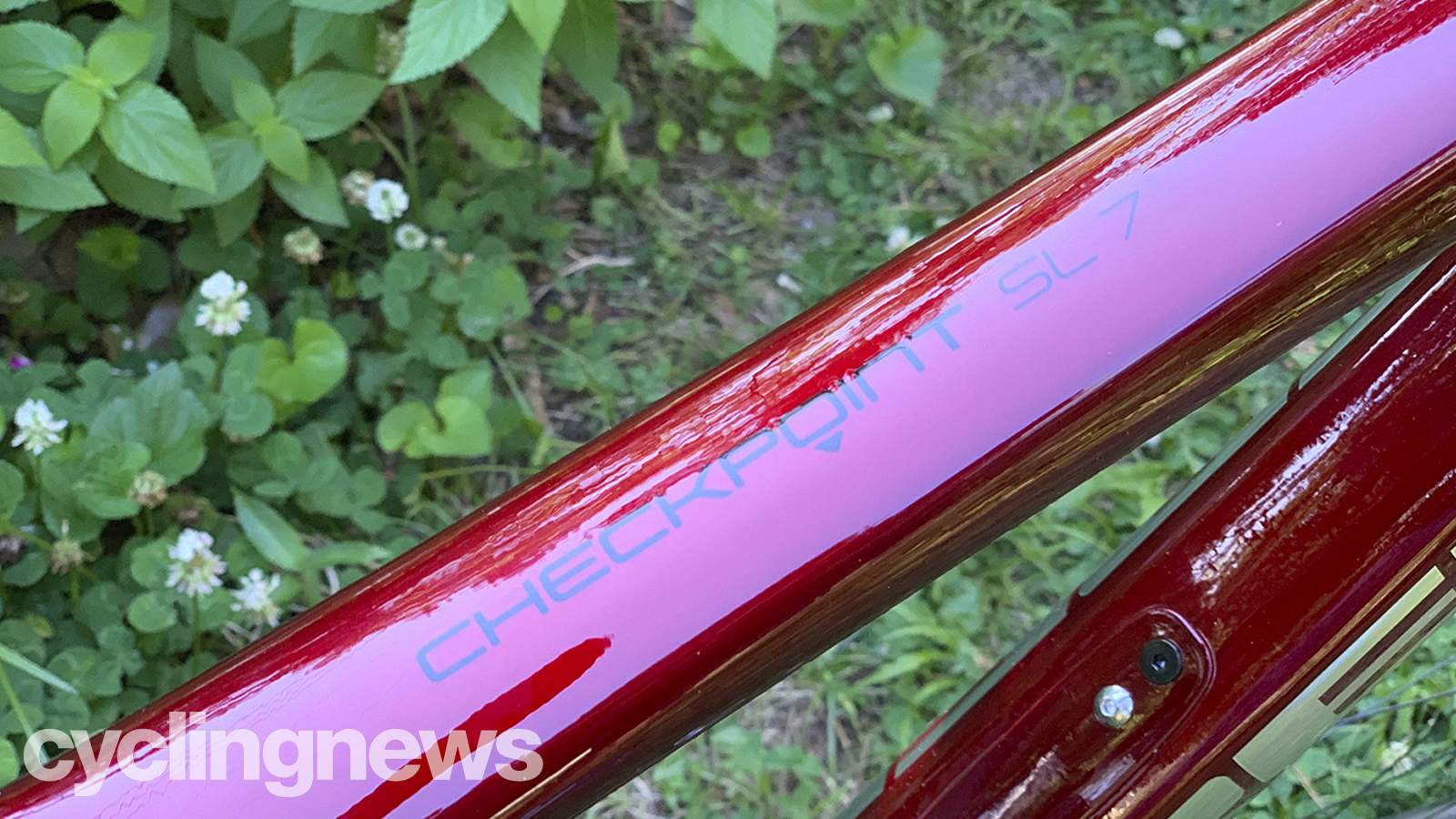
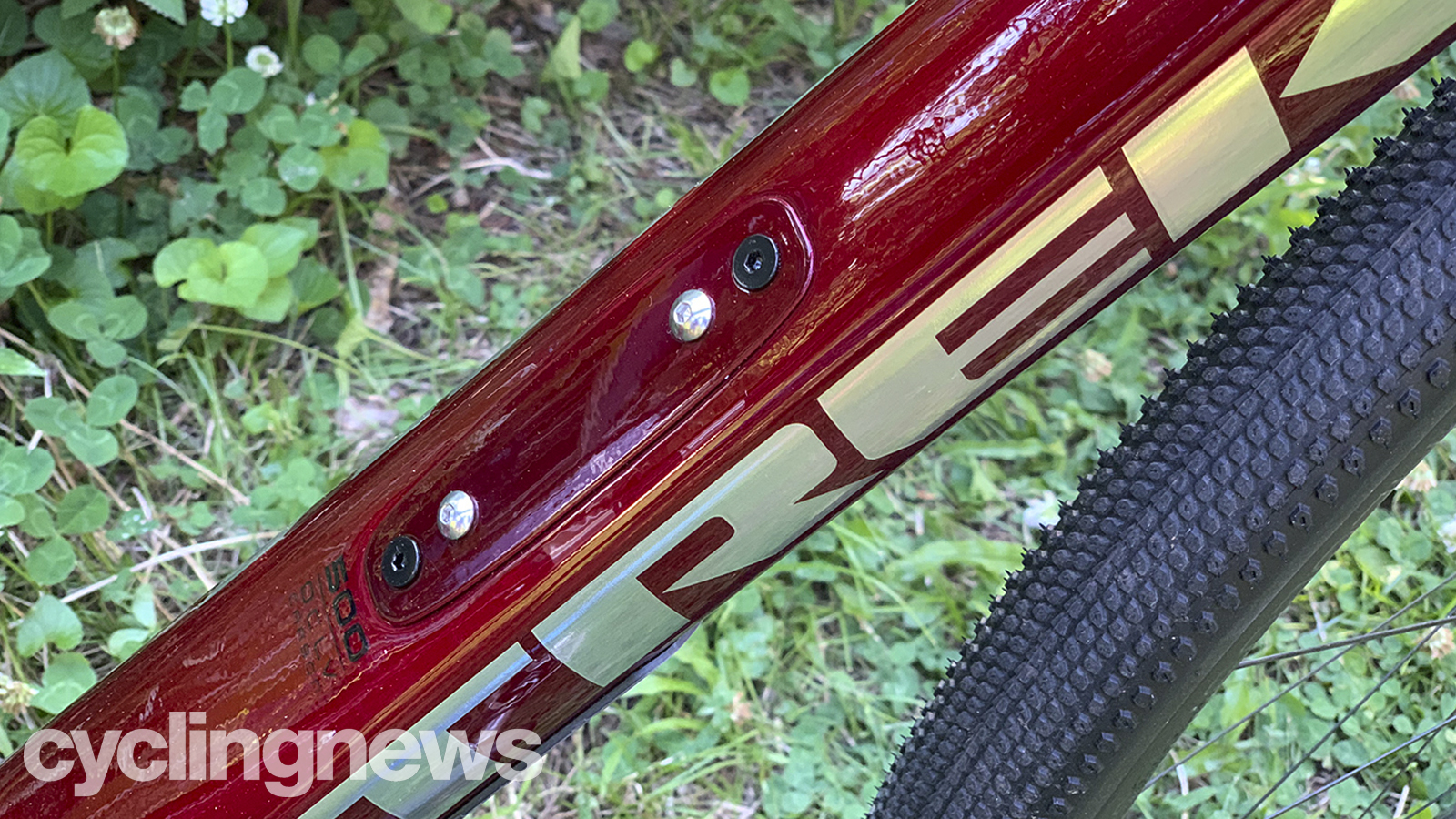
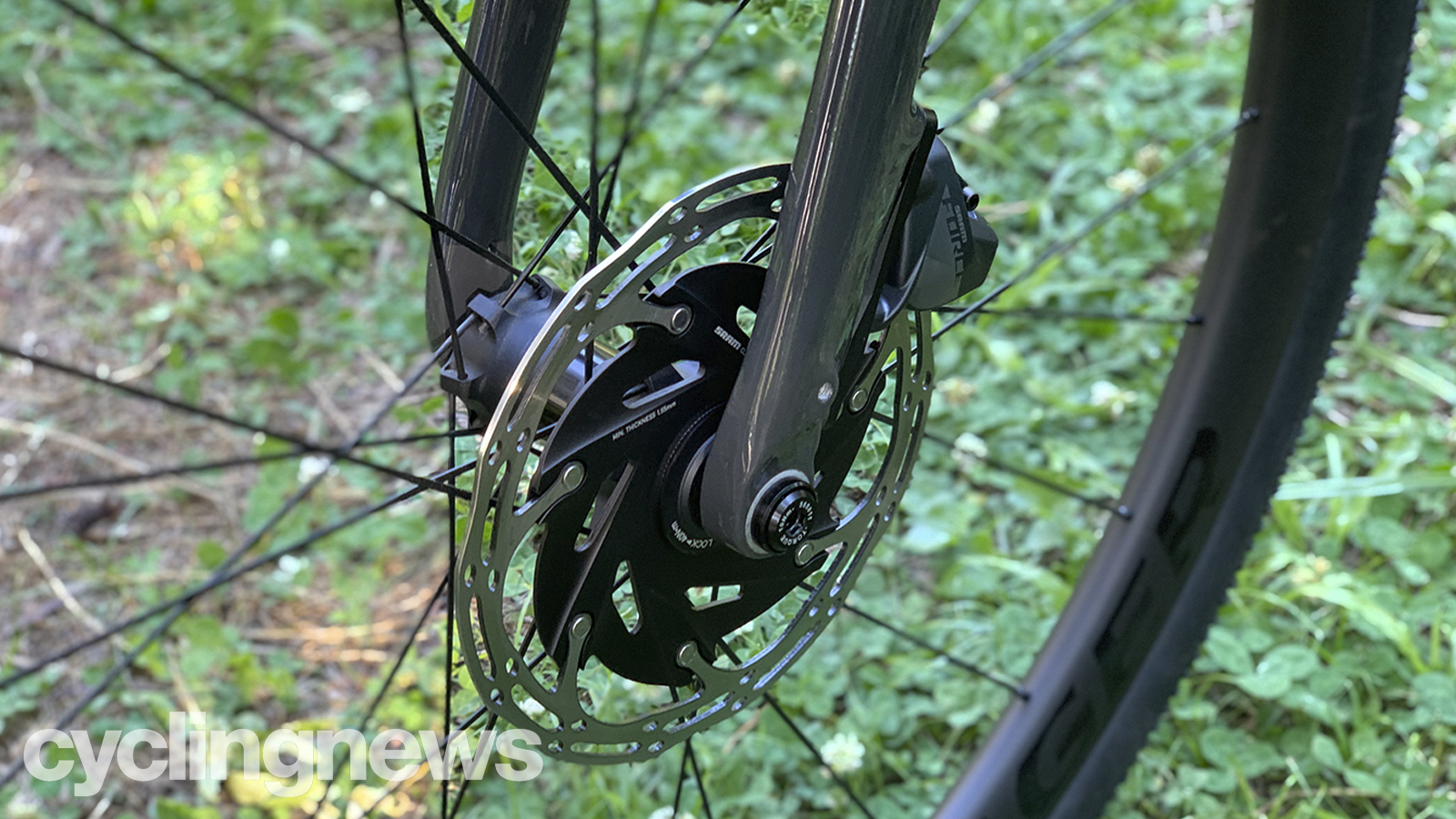
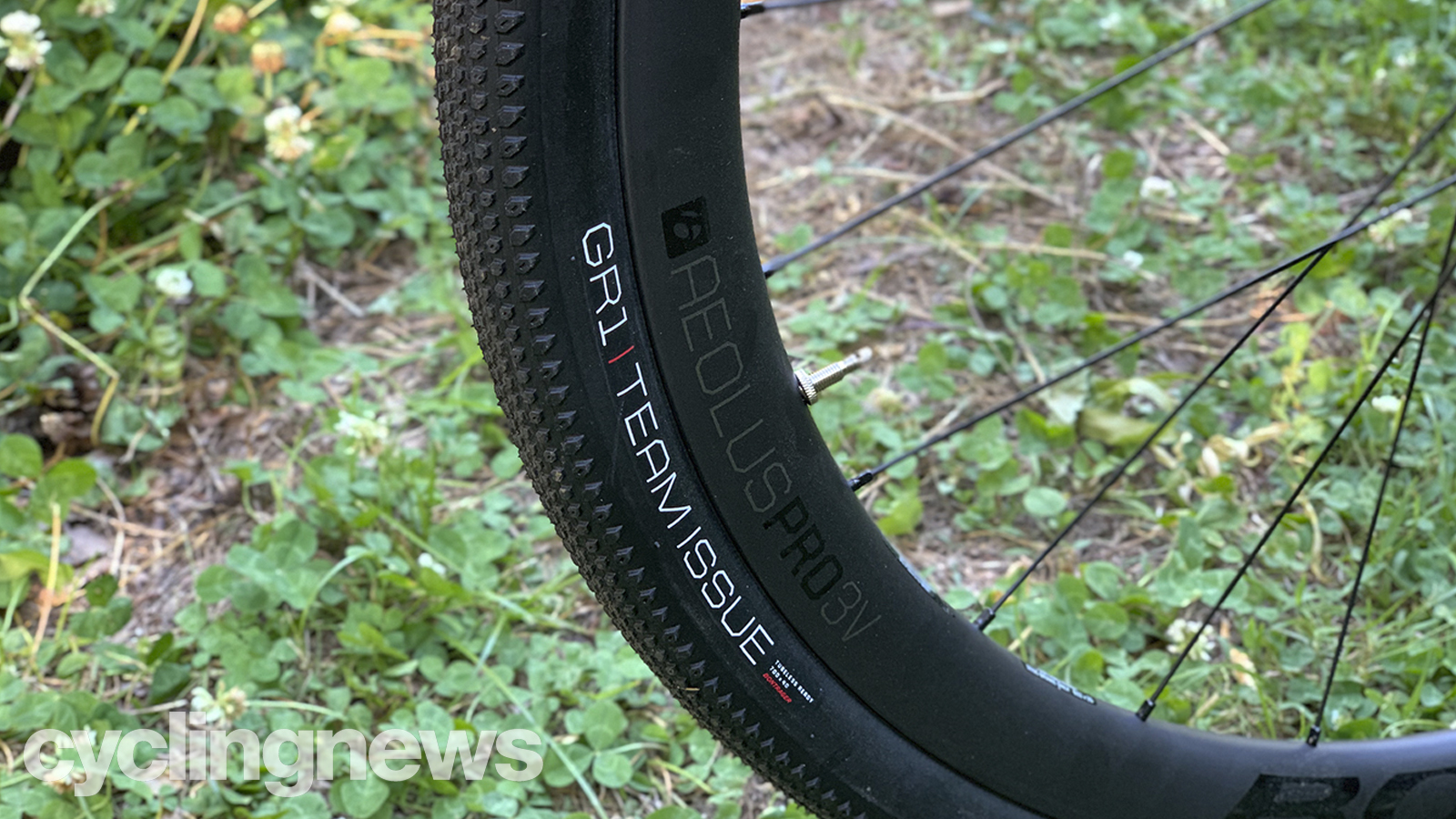
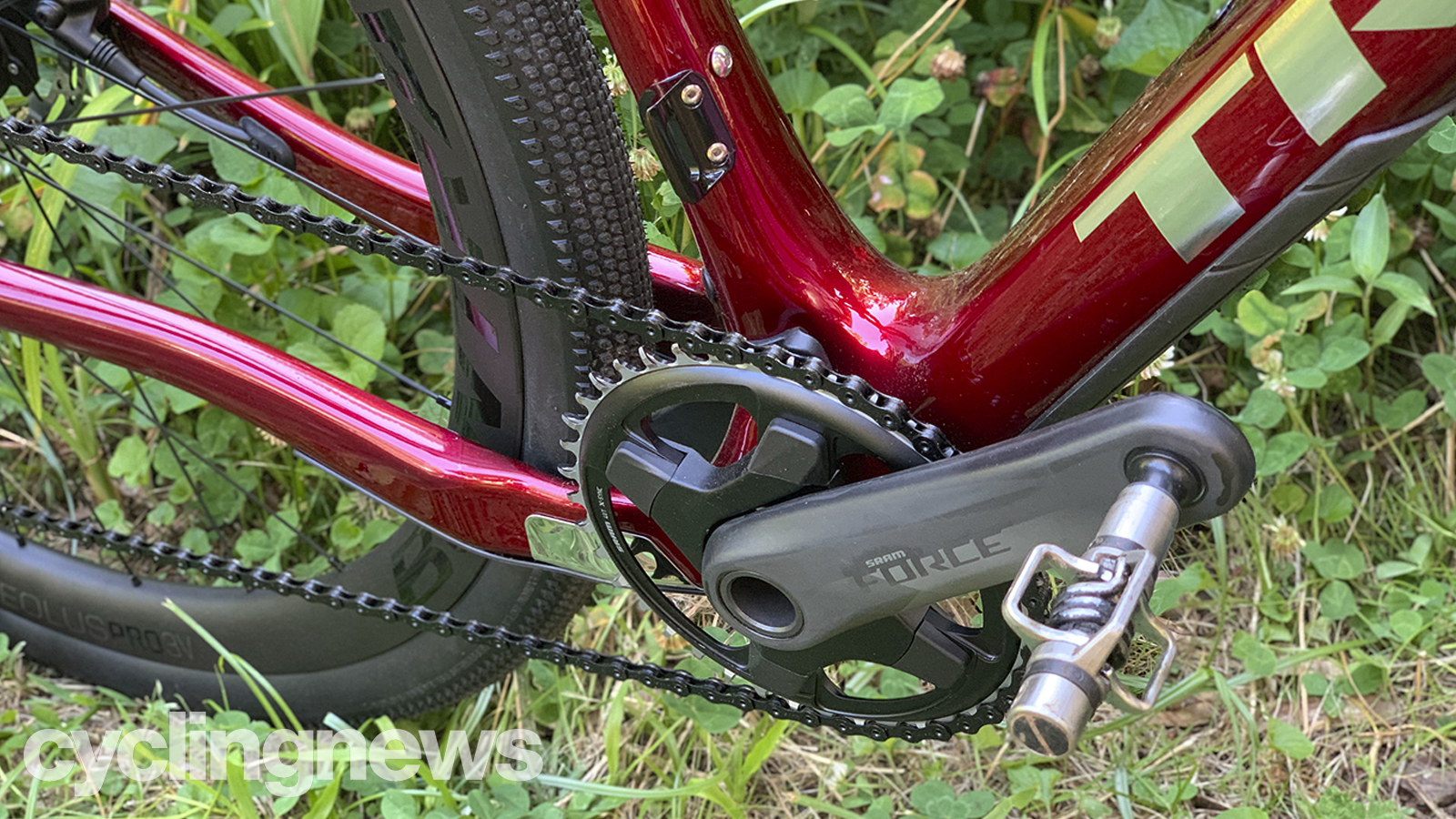
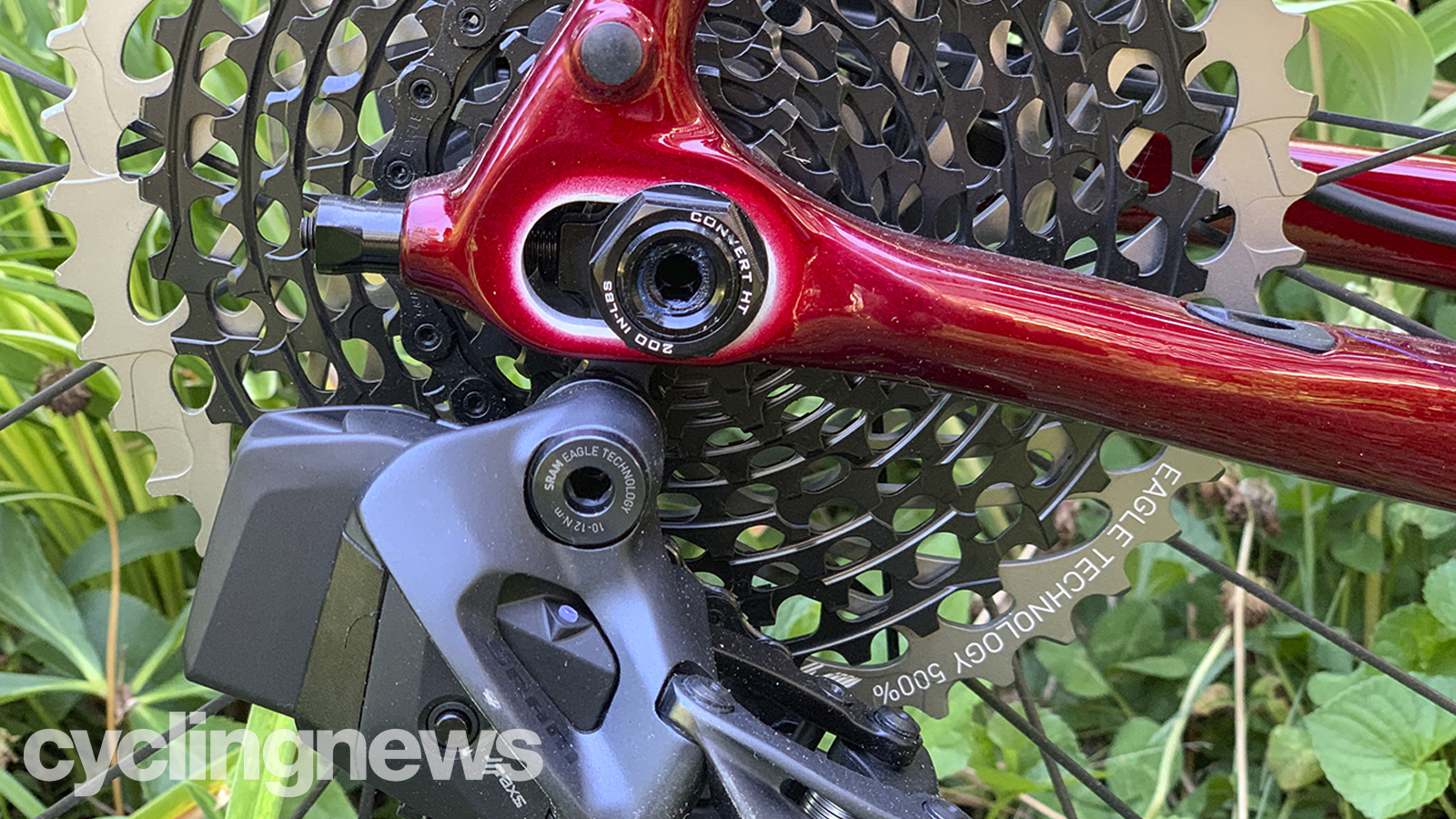
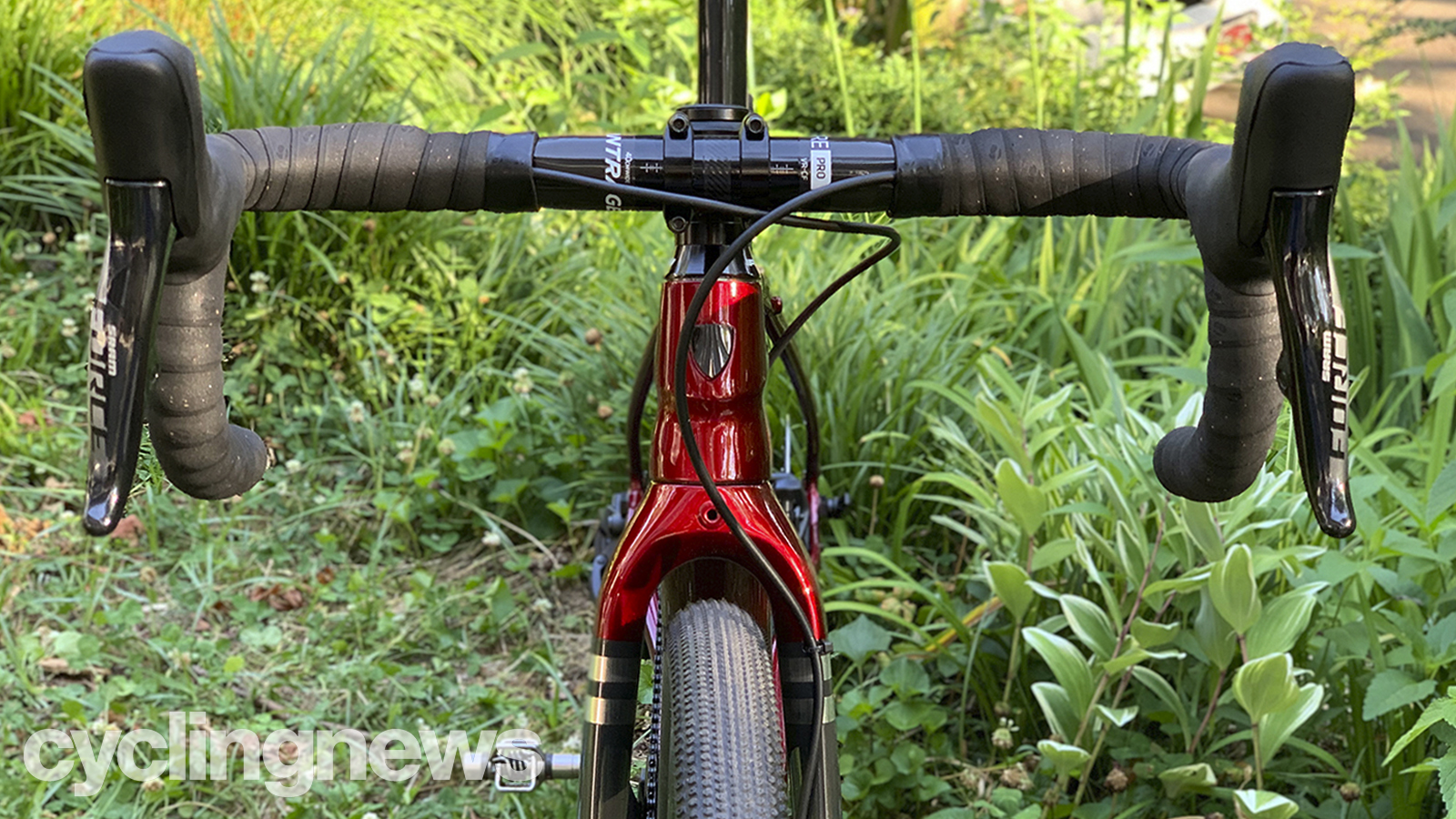
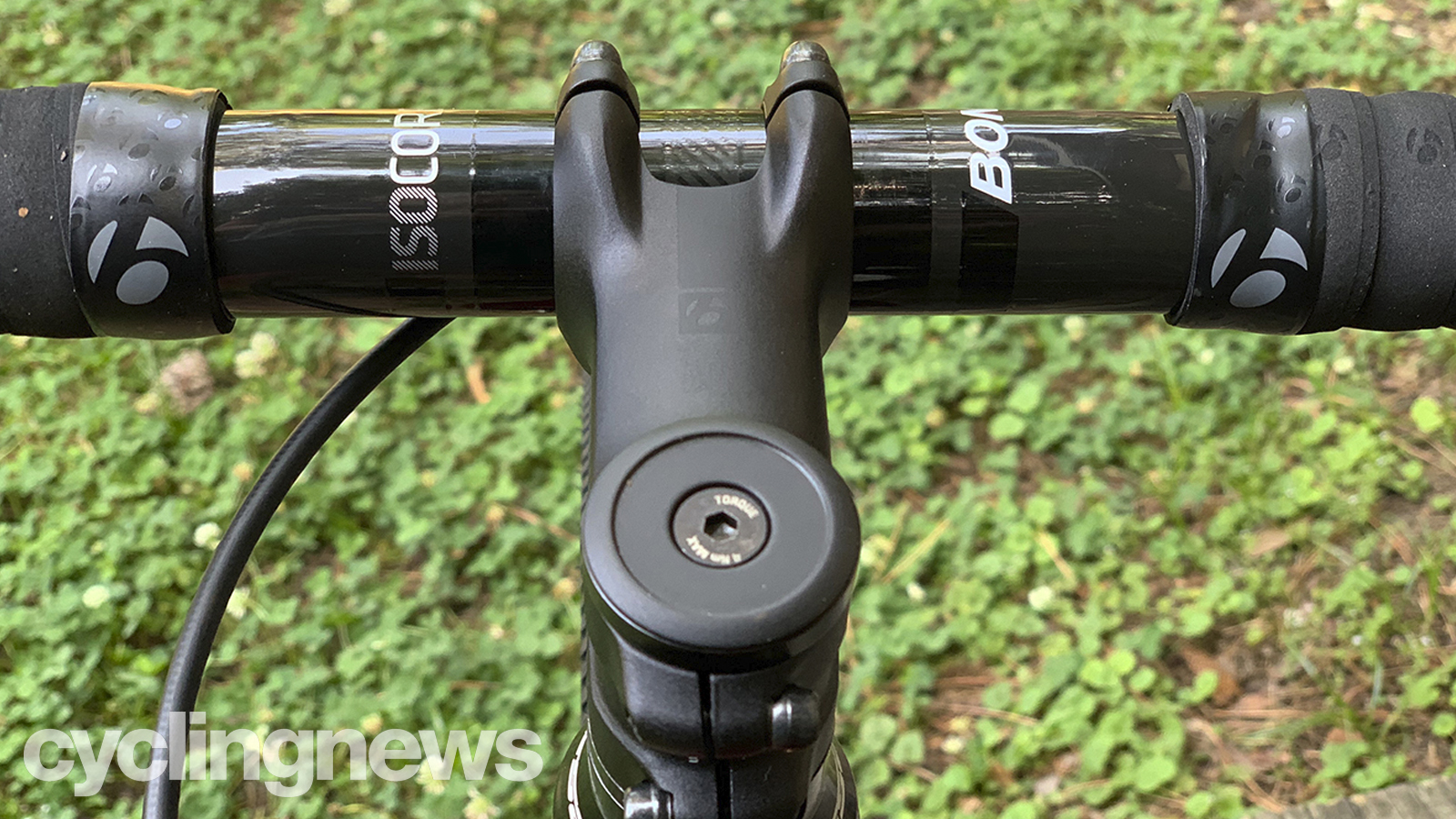
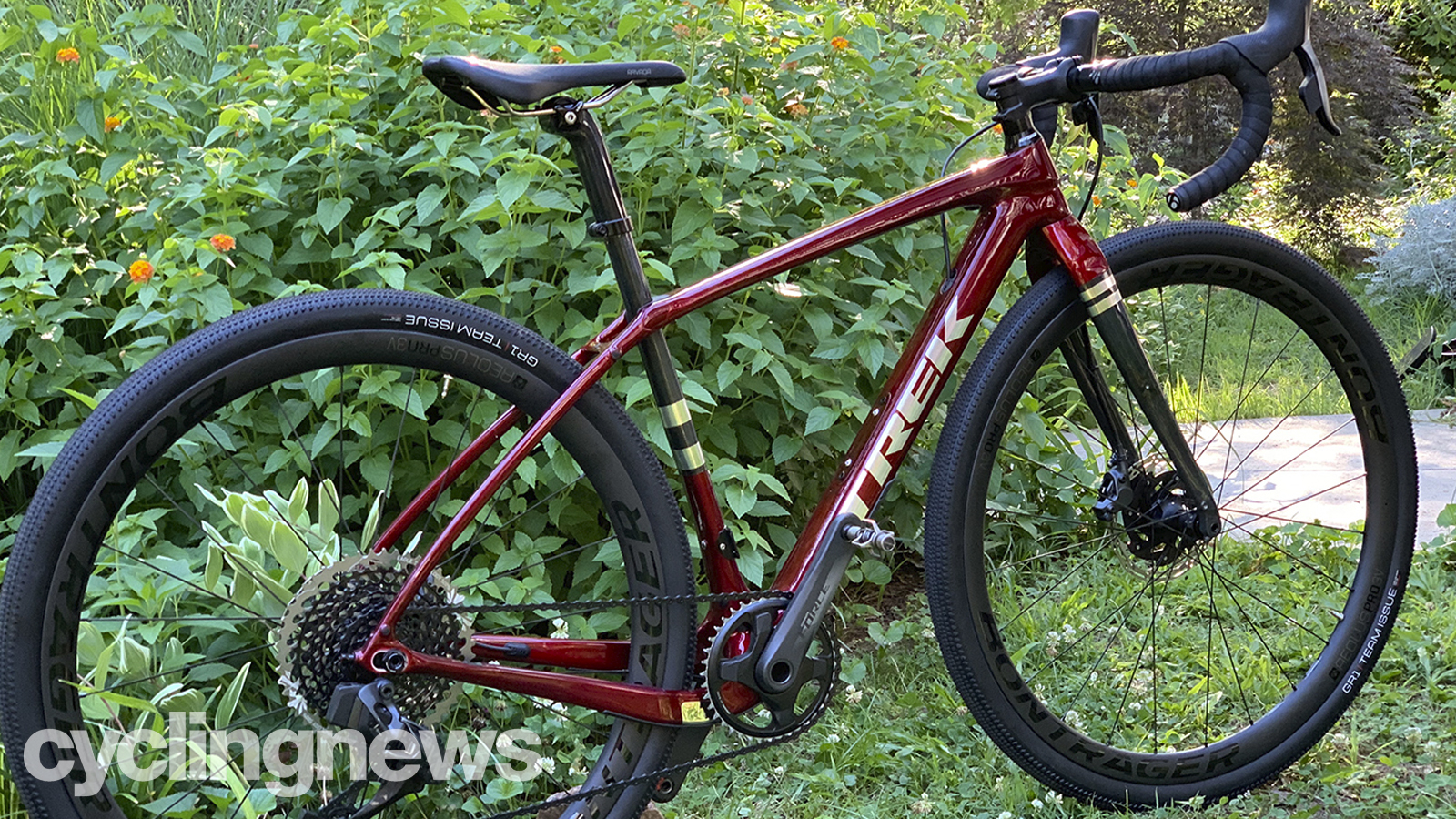
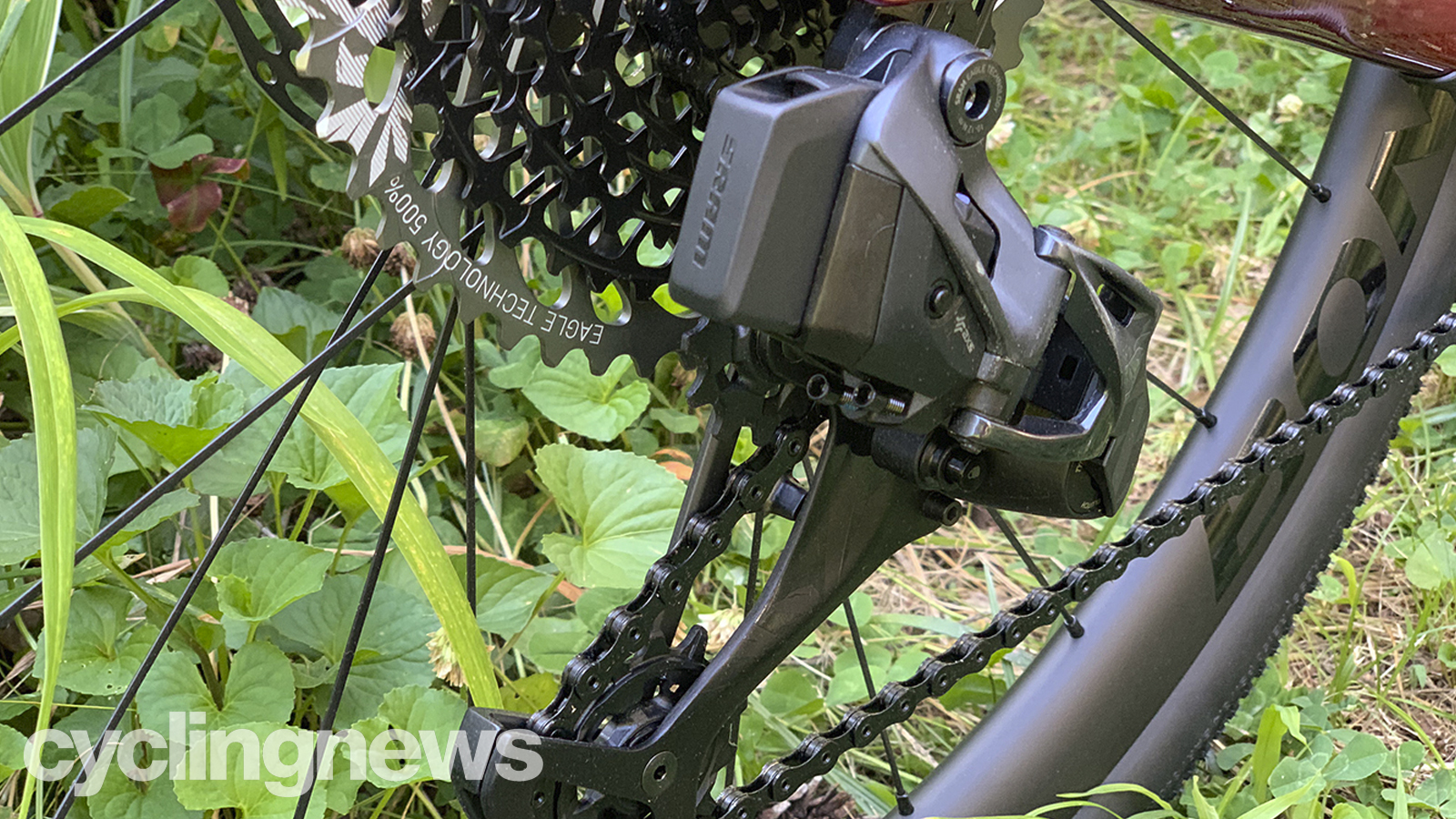
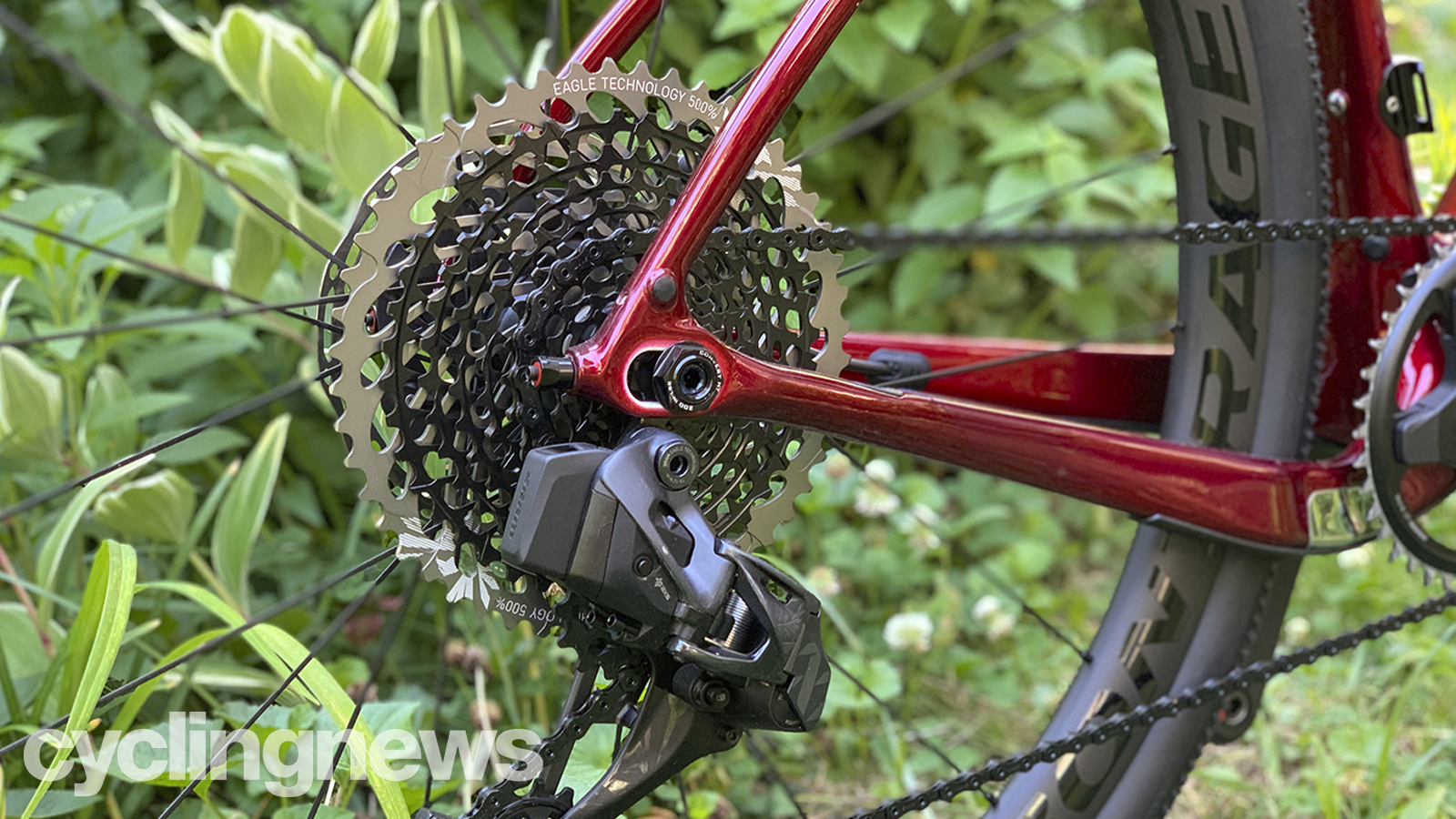
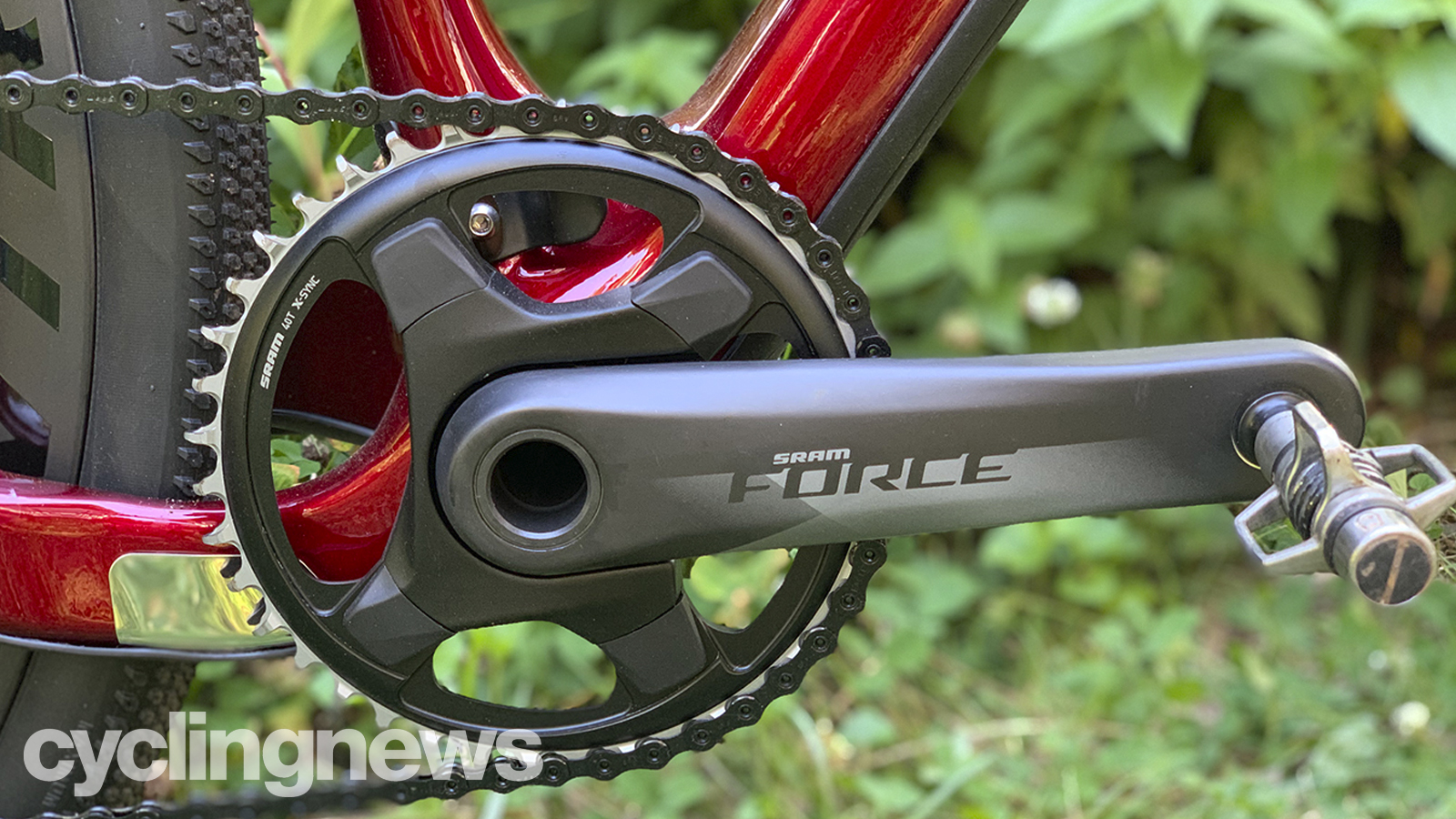
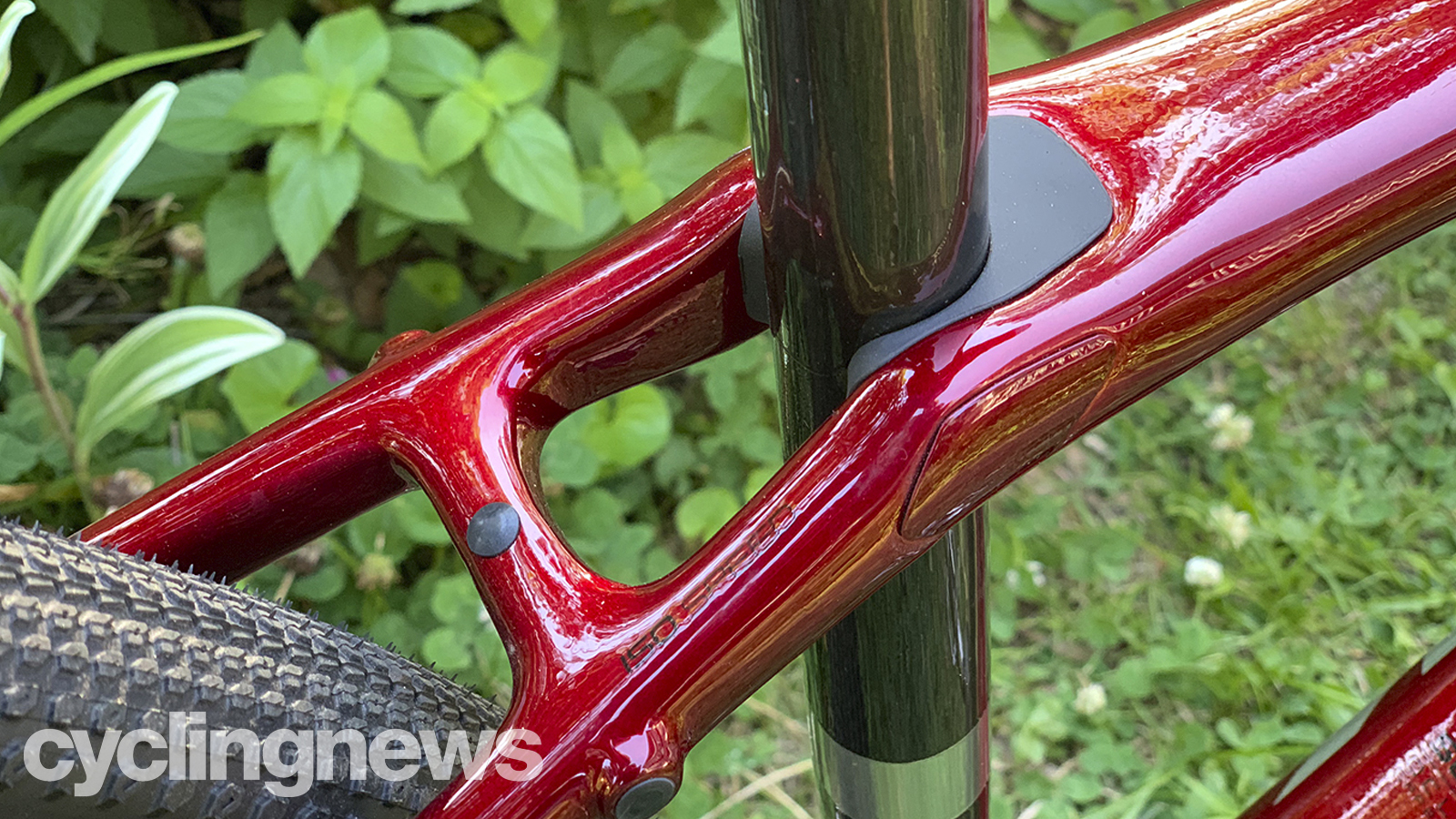
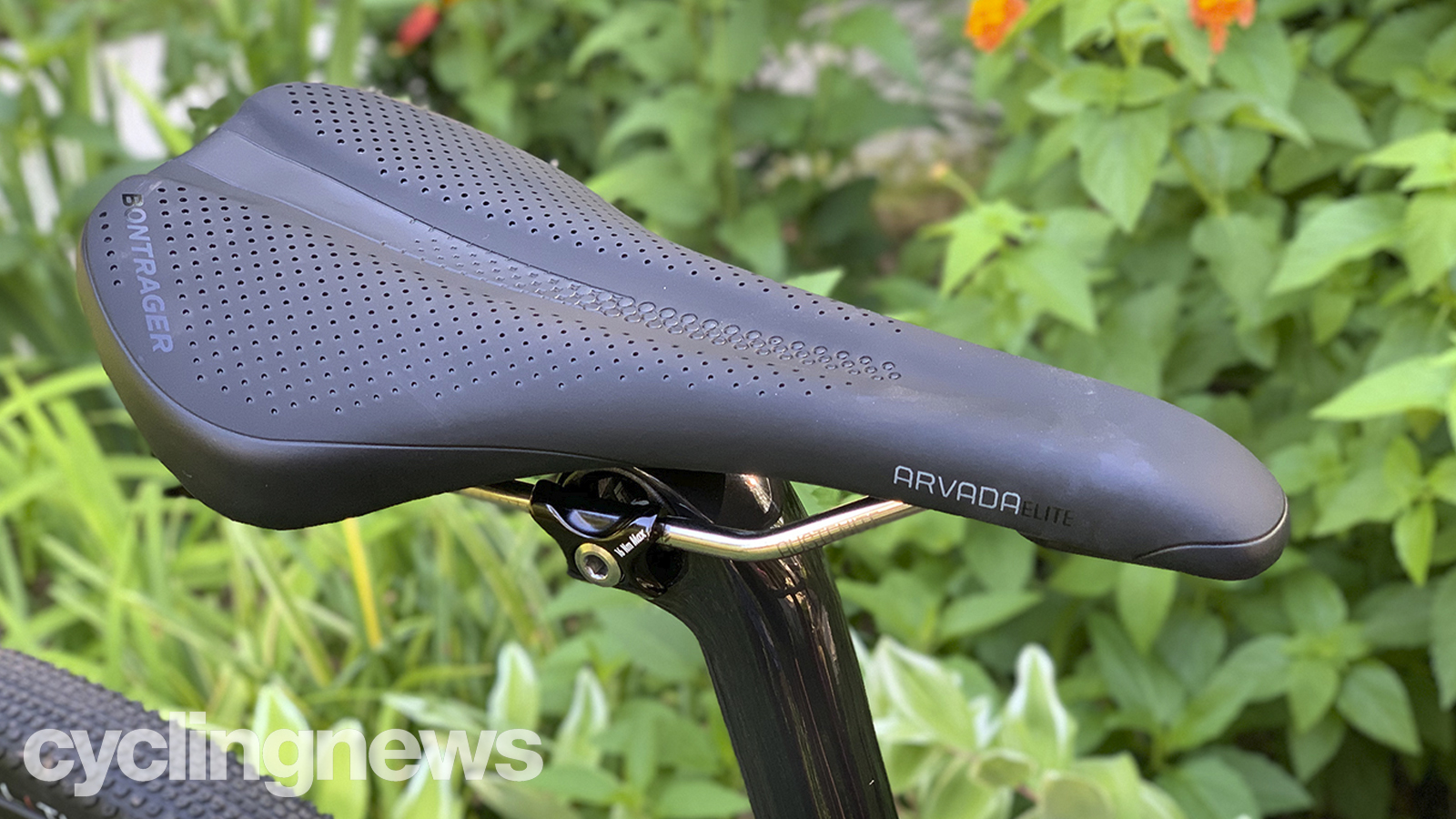
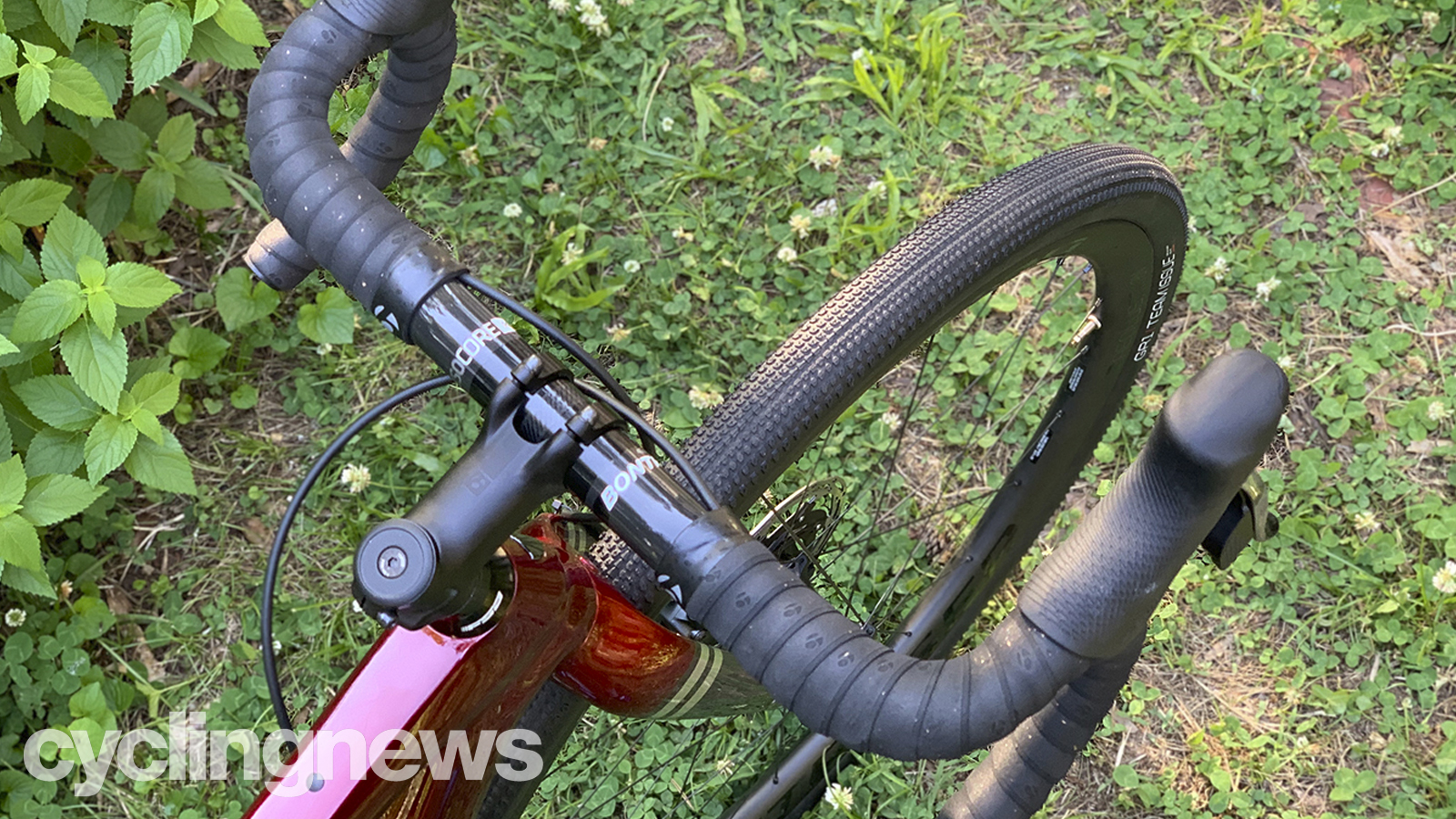
Straight out of the box two things stood out about the Trek Checkpoint SL7: first, the 'Rage Red' paint job and second, the sheer enormity of the biggest sprocket on the rear cassette.
The Checkpoint is Trek's best gravel bike and is available as an AL, ALR or SL version, the latter of which is built upon a carbon frameset made from Trek's 500 Series OCLV carbon. This frame paired with the full carbon Bontrager Aeolus Pro 3V tubeless-ready wheels, 38cm Bontrager Pro IsoCore VR-CF carbon bars, and the Bontrager carbon seat mast cap makes for a surprisingly light bike, while the hefty 25mm rims and chunky downtube gives an impression of brute strength. At just under 8.6kg in a 49cm, it's not troubling the sub-7kg best lightweight bikes, but is impressively light given its off-road capability.
Although lightweight, the Checkpoint gives a sense of security with a no-fuss FSA integrated headset with sealed cartridge bearing, its alloy Bontrager Pro stem with a four-bolt clamp (also compatible with the Blendr accessories - camera, computer or headlight mounts), a stainless steel-railed Bontrager Arvada Elite saddle, the redundant bolt and nut rear dropout, and 142x12mm and 12x100 thru-axles.
Unlike some gravel offerings that look more like a road or cyclo-cross setup with a bigger cassette, the Checkpoint has the quick and comfortable geometry of the best road bikes with the flexibility of running a tyre even 5mm beefier than the 40mm Bontrager GR1 Team Issue Tubeless Ready micro-knobbies it came with.
The Stranglehold rear dropout allows for moving the thru-axle back up to 15mm to make room for wider gravel tyres or forward for tightening up your ride for a quicker, more sprightly feel.
The fear of dinging up the stunning paint while tearing down gravel descents is somewhat alleviated by the inclusion of the Carbon Armor shield underneath the bottom bracket and down tube and other protective panels near the chainrings and on the chainstays.
The SRAM Force eTap wireless groupset leaves only one cable for the rear brake looping out between the bars and downtube, while the front brake hose enters the fork at the crown. However, if you were so inclined, you could convert to a Shimano Di2 setup and stow the battery away in the compartment underneath the downtube bottle cage mounts so as to not to disturb the clean lines of the Control Freak internal routing system.
Speaking of mounts, although this is a high-end bike, it is meant for adventure and as such, has bottle cage mounts on both sides of the downtube and the seat tube, as well as mounts for bags on the top tube, as well as rack and mudguard mounts.
The IsoSpeed decoupler at the intersection of the top and seat tubes definitely smooths out the ride. Although it isn't terribly pronounced initially, the extra comfort becomes noticeable after an extended stretch of rough gravel. Combined with a tubeless setup and lower pressures, you can get a pretty cushy ride if you want one.
The 1x12 drivetrain dispenses with the need for a front derailleur which has a few advantages: in heavy, muddy conditions, it's one less place for clots of sticks and mud to get stuck and cause problems, and, paired with the clutched derailleur, you can forget the worries about dropping your chain when navigating undulating terrain.
It is obvious that the Checkpoint SL7 is designed for serious gradients with a 40T chainring and 10-50T cassette providing a gear ratio similar to the so-called 'granny gear' in mountain biking circles. This does come with some disadvantages aside from looking insane: while the Eagle cassette's 50-tooth cog allows for grinding up very steep inclines, the 10-tooth cog combined with the 40T ring is noticeably lacking when it comes to fast road sections. You'll be spinning your head off in that 10 at almost 120rpm to keep up with a brisk 50km/h pace.
There is a front derailleur mount if you wanted to switch to 2x gearing.
The ride
As a lighter rider, I appreciate a tubeless setup so I can run lower than usual pressures, and as an old-timer more accustomed to cyclo-cross bikes and cantilevers on gravel, the flat-mount Force eTap AXS hydraulic disc brakes are a welcome improvement both in smoothness and in stopping power, especially in dusty or wet conditions.
I took the Checkpoint on two gravel-ish rides, both with plenty of road in between. The first on a wide crush-and-run gravel bridle trail with undulating, non-technical terrain and the second on the local cyclo-cross course that has a few sharp climbs, berms, off-camber turns, fast descents and loose gravel turns.
On the bridle trail, the Checkpoint was flawless, feeling light underneath and quick to accelerate. The full carbon setup made for a smooth and comfortable ride even without any decoupler under the bars.
Over the singletrack, a few flaws became apparent: the fork isn't quite as raked out as a 'cross bike and with the 40mm tyres I definitely have toe-overlap - a fact no-doubt owing to the 49cm frame size and 700c wheel combo.
Many gravel bikes offer the option to swap between 650b and 700c wheels to change the characteristics of the ride. Trek seemed perfectly placed to also offer this option, with 'Smart Wheel Sizing' featuring in its cross-country mountain bike range (which pairs 650b wheels to smaller frame sizes). However, the Checkpoint range uses 700c wheels throughout the sizing spectrum and makes no mention of smaller wheel compatibility in any of its literature.
The other quirk of the frame is that the top tube, rather than taper in the horizontal plane to the seat tube, it actually grows wider to fit the IsoSpeed mechanism. This, even with the wider Q-factor of the SRAM Force eTap AXS crankset, meant my leg rubbed against the frame on the downstroke. It was particularly pronounced when pedalling through turns and, frankly, it got annoying.
No woman wants to be reminded of the realities of thigh-rub and you certainly don't want rub well below the chub - the Checkpoint frame hit just below the shorts, above the knee. I can imagine that once you're covered in Dirty Kanza dust and sweat, this could become a problem. Though easily solved by a pair of bib knickers, I guess.
Verdict
Neither one of these flaws is enough to detract from the fact that the Checkpoint is the cream of the gravel bike crop and a beautiful, lovingly crafted piece of art designed for riders who demand nothing but the best.
To sum up, with its Stranglehold dropout, comfort-enhancing IsoSpeed decoupler and myriad mounting points, the Checkpoint seems to be a great gravel bike option for those looking for versatility and adventure. However, those looking for road speed and tight-turn agility might find the Checkpoint lacking.

Laura Weislo has been with Cyclingnews since 2006 after making a switch from a career in science. As Managing Editor, she coordinates coverage for North American events and global news. As former elite-level road racer who dabbled in cyclo-cross and track, Laura has a passion for all three disciplines. When not working she likes to go camping and explore lesser traveled roads, paths and gravel tracks. Laura specialises in covering doping, anti-doping, UCI governance and performing data analysis.
